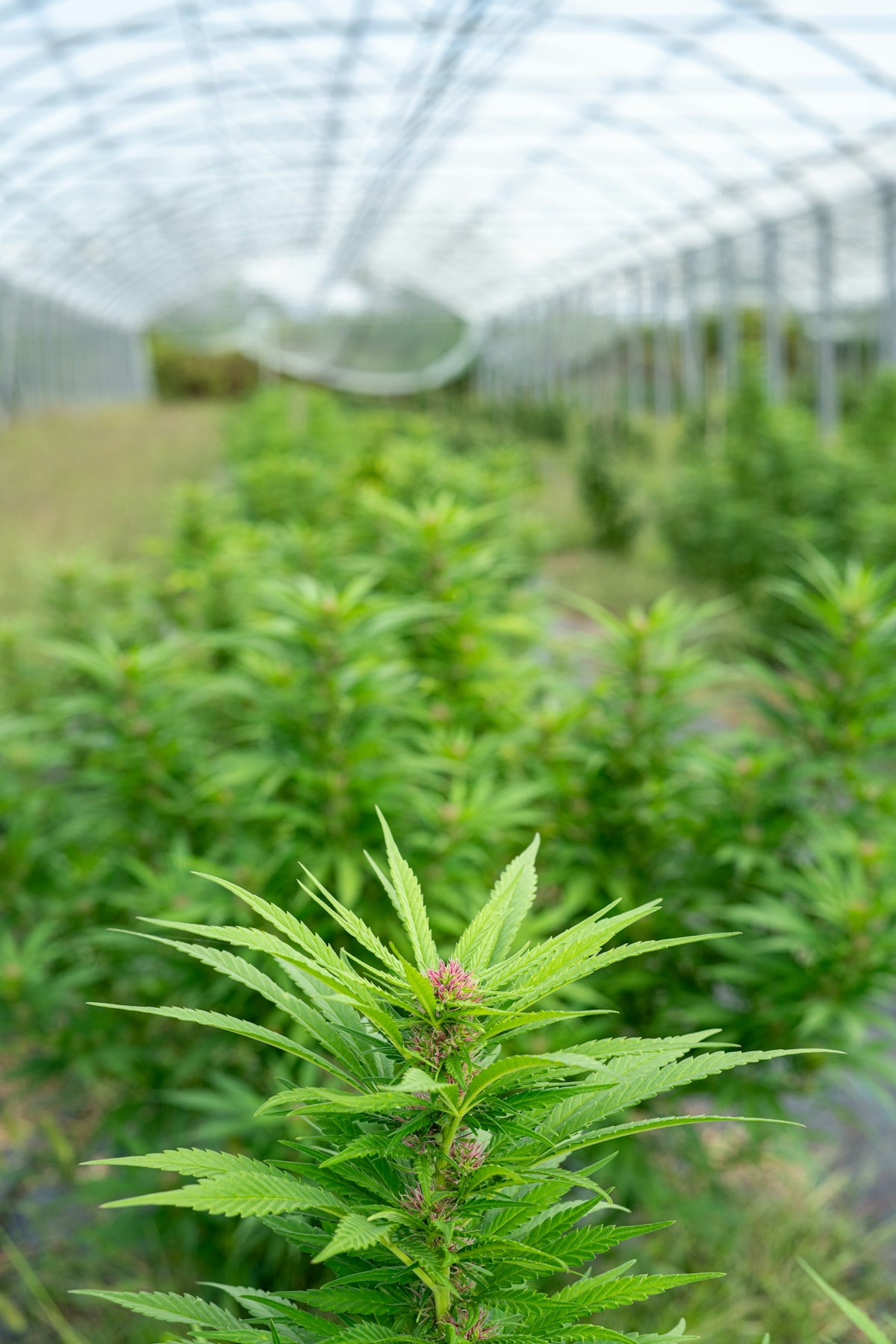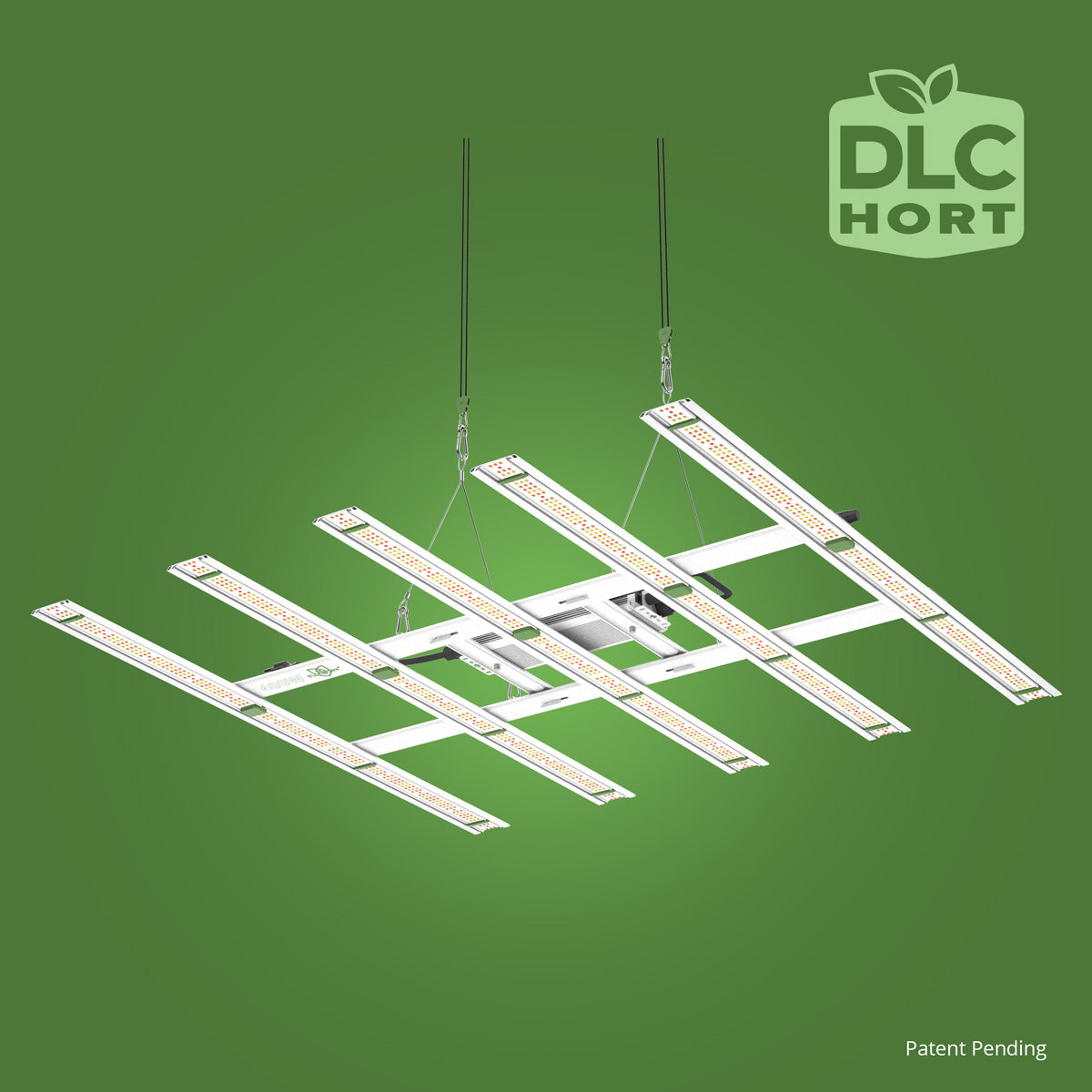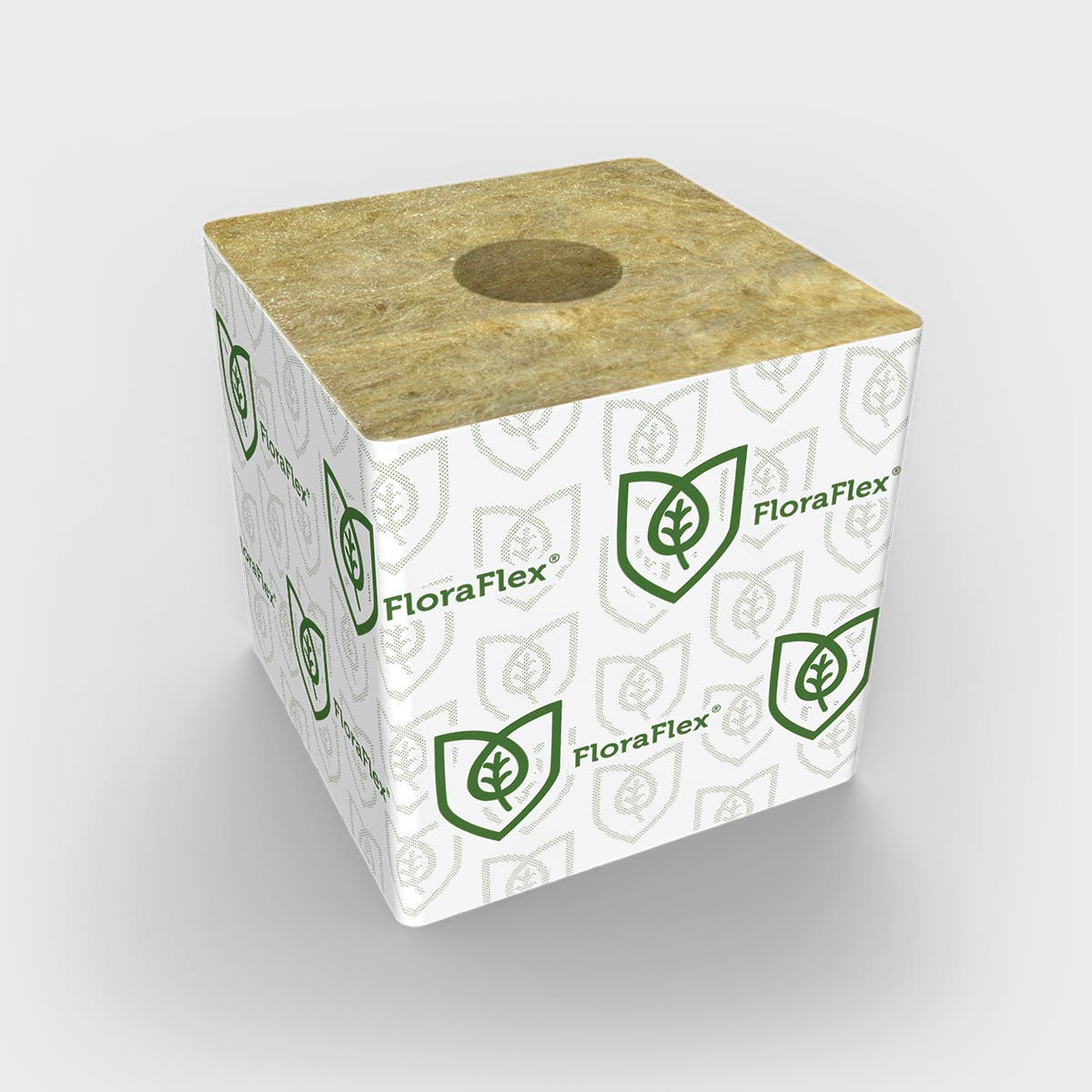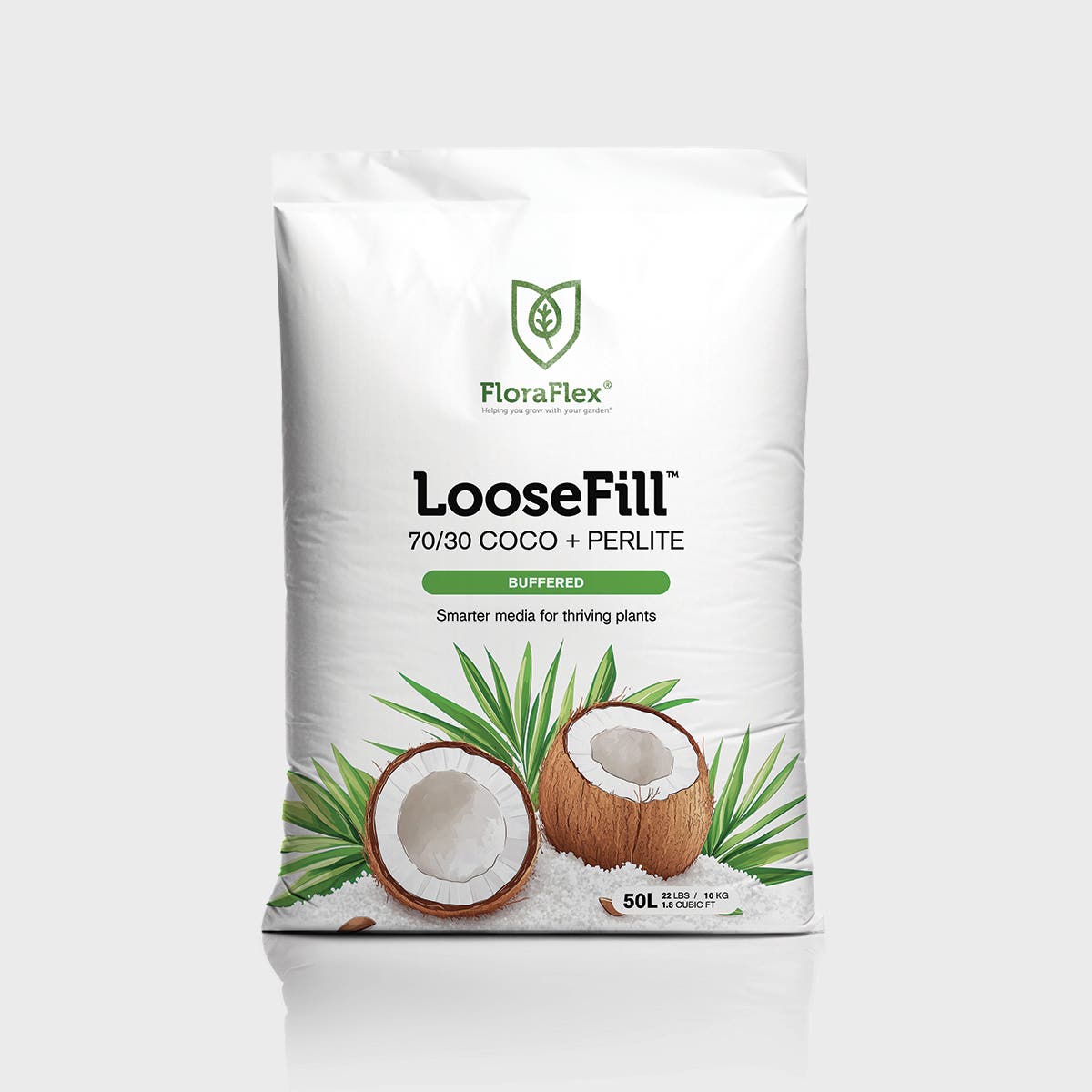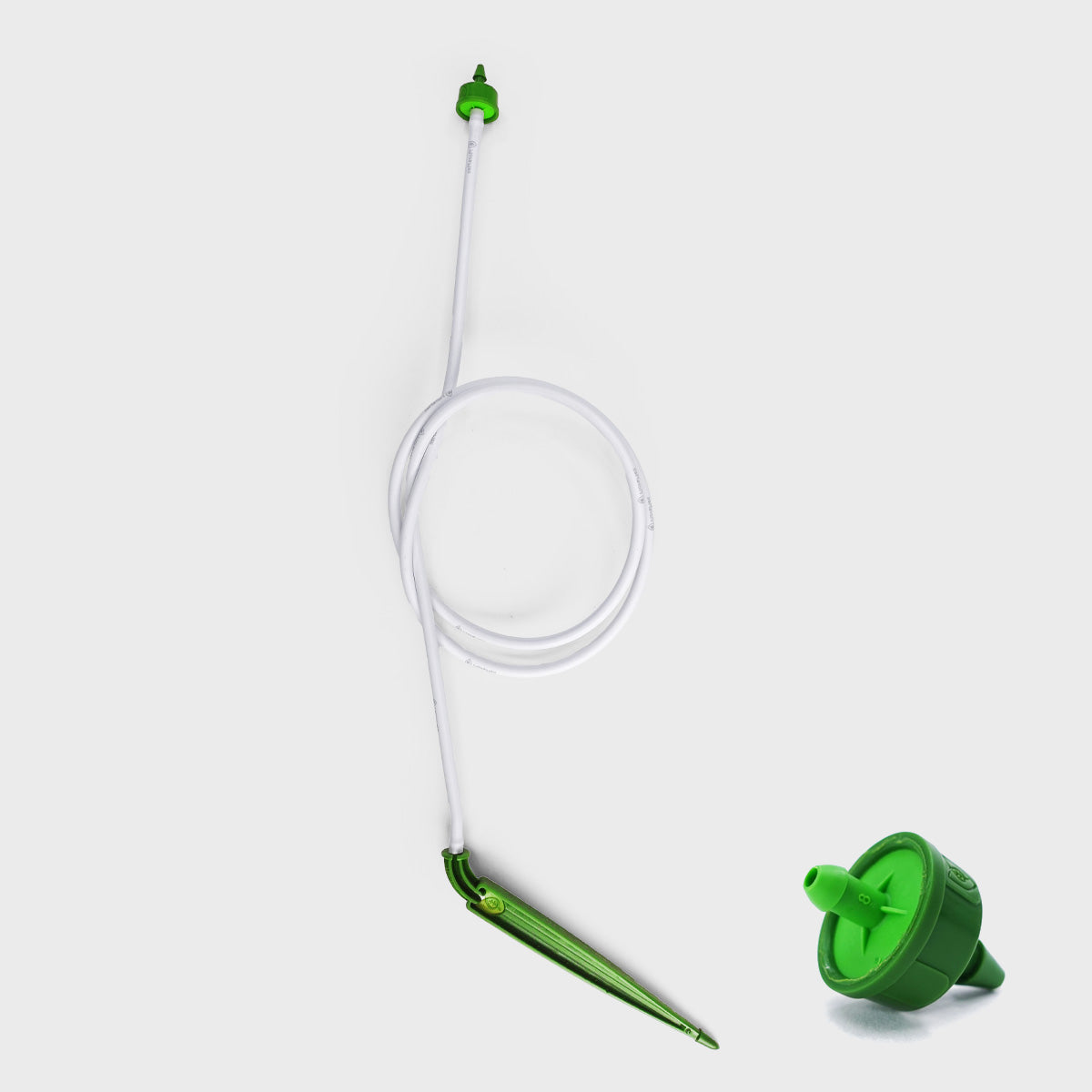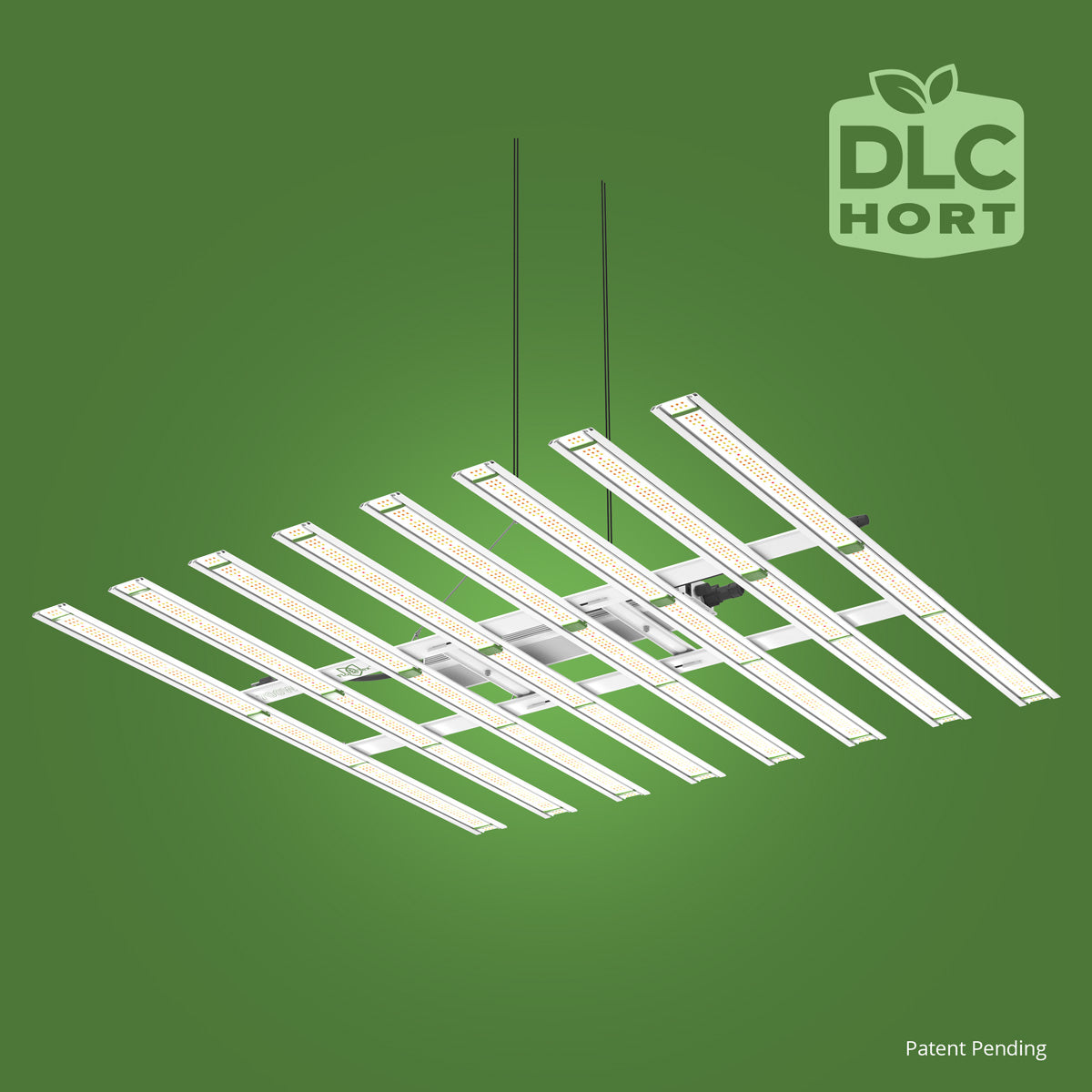Cannabis cultivation is a practice that has evolved significantly throughout history. From its origins in ancient civilizations to its modern applications, each era has left its mark on how this versatile plant is grown and utilized. As growers continue to innovate and refine their methods, the role of technology and products such as the 6" FloraFlex Wool (Basalt Derived) proves increasingly crucial in ensuring optimal growth conditions. In this blog post, we'll explore the journey of cannabis cultivation from antiquity to the present day.
Ancient Beginnings
Cannabis has been cultivated by human societies for thousands of years. Archaeological evidence suggests that the plant was first grown for both its fibers and medicinal properties. Dating back to around 2800 BCE, the ancient Chinese are believed to have been among the first to cultivate cannabis. They utilized it not only for the fibers but also for its seeds as a food source.
In the Indian subcontinent, cannabis played an important spiritual role, being used in religious practices and rituals. The plant was also mentioned in ancient texts as a staple in the traditional healing system of Ayurveda due to its supposed medicinal benefits.
Cannabis in the Middle Ages
As trade routes spread across Europe, Africa, and Asia during the Middle Ages, so did the cultivation of cannabis. European regions, especially those around the Mediterranean, began to embrace the use of hemp. European farmers cultivated cannabis primarily for its fibers, which were critical in producing ropes and sails for ships, a vital component of naval and trade operations at the time.
In Islamic cultures, cannabis found its place as well. The plant was commonly used in the form of hashish, with historical records suggesting its recreational consumption dates back to the 12th century.
The Industrial Revolution: New Applications
With the Industrial Revolution came the mechanization of agriculture, profoundly affecting cannabis cultivation. Enhanced methods allowed larger-scale production, and the plant's uses expanded beyond the local level. The fibers became integral in textiles, and hemp paper started to supplement traditional forms of paper.
In addition, this era marked the beginning of heightened exploration into the cannabis plant's properties, setting the stage for modern medical and industrial usages.
The 20th Century: Legal Challenges and Advances in Cultivation
The 20th century presented both challenges and opportunities for cannabis cultivation. Despite regulatory hurdles that restricted its growth in several regions, scientific advancements and a better understanding of the plant's effects propelled interest in its medicinal properties. This spurred new methods of cultivation aimed at maximizing the therapeutic compounds found in cannabis.
Starting in the latter half of the century, hydroponics gained popularity among cultivators, allowing them to grow cannabis indoors irrespective of outdoor climatic conditions. Products like the 6" FloraFlex Wool (Basalt Derived) emerged as essential components in hydroponic systems, providing an efficient growth medium that helps optimize water usage and nutrient delivery.
Modern Cultivation: High-Tech and Sustainable Practices
Today, cannabis cultivation combines traditional knowledge with cutting-edge technologies. Growers employ a variety of innovative practices, including precision agriculture, to fine-tune their growing environments and foster plant health.
Sustainability has also become a focal point. As environmental concerns grow, cultivators are increasingly adopting eco-friendly methods to minimize ecological impact. The use of sustainable materials, such as FloraFlex’s basalt-derived wool cubes, supports this shift by offering a sustainable and highly effective growing medium that conserves resources while enhancing plant health.
The Future of Cannabis Cultivation
Looking forward, the future of cannabis cultivation is bright with potential. Advancements in genetic research are leading to the development of new strains with specific desired traits, enhancing both yield and resistance to pests and diseases. Moreover, the integration of artificial intelligence and data analytics into cultivation practices promises to revolutionize how growers monitor and manage their crops.
As regulations continue to evolve worldwide, the opportunity for innovation in cannabis cultivation expands. With companies like FloraFlex at the forefront of creating innovative cultivation solutions, growers have access to the tools they need to push the boundaries of what's possible.
In conclusion, from ancient fields to modern grow rooms, cannabis cultivation has continually adapted to the needs and knowledge of its time. As technology and sustainability merge more closely with the art of plant cultivation, the journey of this remarkable plant is far from over, promising new discoveries and advancements for generations to come.

